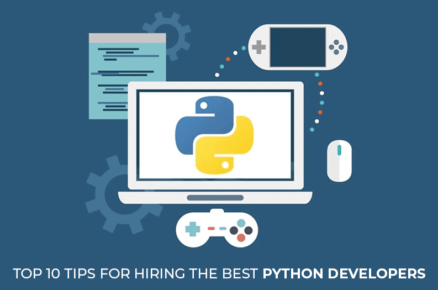When trading stocks, two main orders can be placed, a Fill or Kill order (FOK) and an Immediate or Cancel order (IOC). Both have their advantages and disadvantages, so it’s essential to understand the difference before deciding which one to use.
Fill or Kill orders are designed to be executed immediately, and if the order can’t be filled immediately, it is killed. This type of order is used when a trader wants to get in or out of a position quickly. However, because FOK orders must be filled immediately, they may not always be able to get the best possible price.
Immediate or Cancel orders (IOC)
Immediate or Cancel orders can also be executed immediately, but it is cancelled if the order can’t be filled immediately. This type of order is only used when traders want to get the best possible price for their trade. However, because IOC orders may not always be filled immediately, the trader may have to wait for the order to be filled.
The type of order that you use will depend on your individual trading goals. If you’re looking to get in or out of a position quickly, a Fill or Kill order may be the best choice. However, if you’re looking to get the best possible price for your trade, then an Immediate or Cancel order may be the better choice. Ultimately, it’s up to you to decide which type of order is best for your trading strategy.
What are the advantages of using FOK orders?
What are the advantages of using IOC orders?
What are the risks of using FOK orders?
Fill or Kill orders come with a few risks. First, because they must be filled immediately, you may not always get the best possible price for your trade. Second, if the stock you’re trying to buy or sell isn’t readily available, your order may not be filled, which can be especially problematic if you’re trying to execute a large trade.
What are the risks of using IOC orders?
Immediate or Canceled orders also come with a few risks. First, because they may not always be filled immediately, you may have to wait for your order to be filled. Second, suppose the stock you’re trying to buy or sell isn’t readily available. Your order may only be partially filled, which can be especially problematic if you’re trying to execute a large trade.
Other risks to consider
There are a few other risks to consider when using FOK or IOC orders. First, if you’re trying to trade a volatile stock, your order may not be filled at the price you want. Second, if you’re trading on a busy day, your order may not be filled immediately. Third, your broker may not allow you to use FOK or IOC orders. Be sure to check with your broker before placing any orders.
Your type of order will ultimately depend on your individual trading goals. However, it’s essential to understand the risks of each type of order before making a decision. Use a broker such as Saxo Bank before using these orders in stock trading. Saxo offers trading in various asset classes, including stocks, bonds, ETFs, commodities, forex, and futures. Saxo Bank also offers a range of investment products, including managed portfolios and investment funds.





